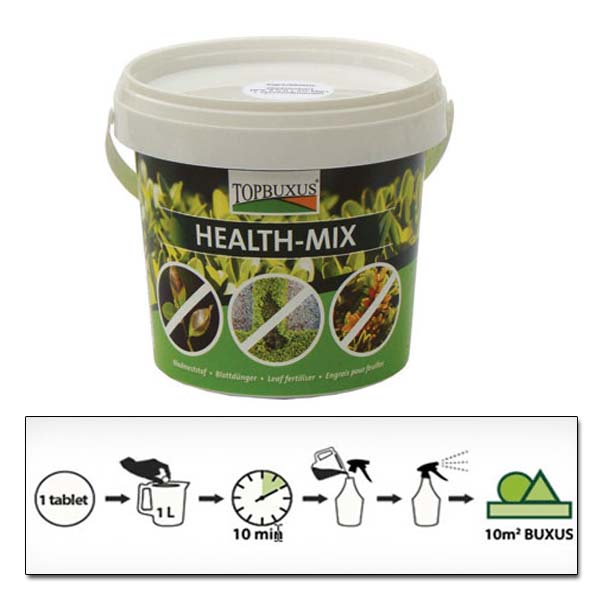

Make sure your boxwoods are sited in the appropriate conditions: full sun with good air circulation, irrigated with soaker or drip hoses and not overhead irrigation. Leaves that fall from boxwood are small and sticky – be vigilant of leaves attached to shoes, gardening gloves and tools. Tools can be disinfected by cleaning with a 10 percent bleach solution (9 parts water to 1 part bleach)- wipe off tools to remove debris, soak for 10 minutes in 10% bleach, and rinse in clean water before use. Only use clean pruning tools when shearing or pruning your boxwood. To prevent this disease from striking your boxwood, we recommend not planting new boxwoods, or, if you do, only purchase plants from a trusted source. Photo to the left, Boxwood Blight spots and on the right, Boxwood Blight canker Photos above are courtesy of Mina Vescera, CCE Suffolk Nursery and Landscape Specialist.

We have some very helpful links and photos for you to check out on our website: Black or dark brown steak-like lesions on stems that almost resemble markings from a permanent marker.If you are particularly fond of the boxwoods on your property, you will want to familiarize yourself with some of the common symptoms: The humid weather throughout the summer, followed by a particularly rainy fall created the perfect environment for this disease to thrive in our landscapes.īefore you go run out to your boxwoods to see if they’re okay, know that if you haven’t brought in any new boxwood, pachysandra or Sarcococca (sweet box) plants into your landscapes since 2011, your plants are probably okay. This year has been a banner year for boxwood blight, with the lab seeing over 85 positive samples come in.

With the year drawing to a close and cold weather settling in, our diagnostic lab in Riverhead remains busy.


 0 kommentar(er)
0 kommentar(er)
